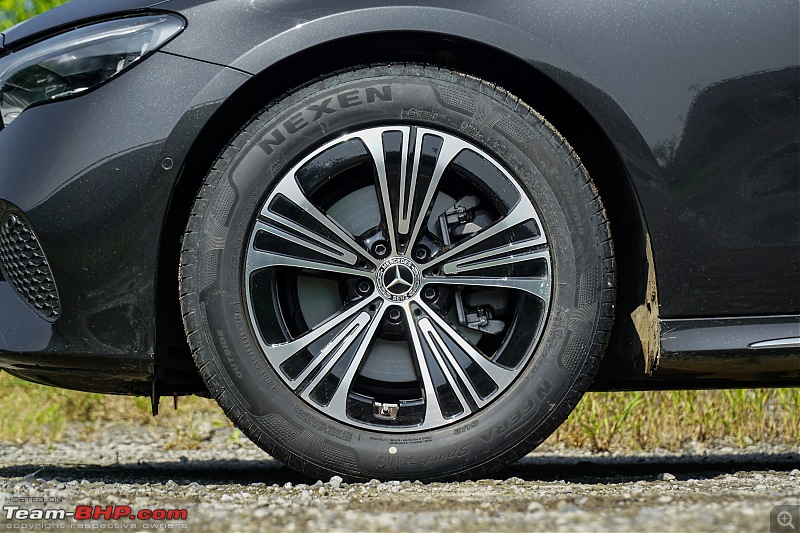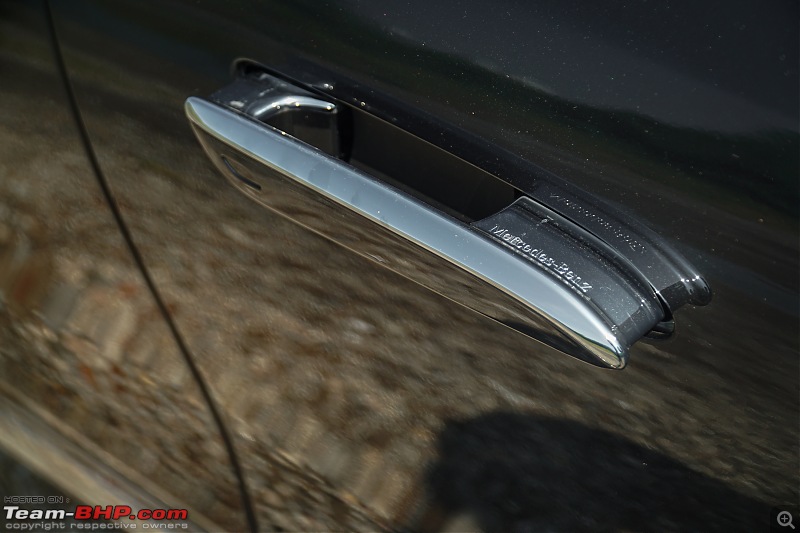The Disturbing Reality of Animal Abuse
Animal abuse, especially towards pets, is a serious issue that needs immediate attention and action. Dogs, particularly puppies, are vulnerable and impressionable creatures that rely on human care and compassion to survive and thrive. The situation where a puppy is treated like a toy by children is an example of ignorance and a lack of understanding regarding the welfare of animals. While it may be unintentional, the consequences of such actions can be long-lasting and, in many cases, irreversible.
The emotional and physical pain that the puppy endured during those three days of crying is beyond words. Puppies, like all animals, have feelings and the ability to suffer. When they are treated roughly, especially with a head injury, they can experience both physical and psychological trauma. The pain caused by the injury could cause the puppy to feel fearful and distressed, leading to long-term consequences for its mental well-being.
In this specific case, the puppy’s cries for three consecutive days suggest an intense level of distress. The fact that it was unable to receive immediate help or comfort is even more heartbreaking. This situation may have occurred because the children did not understand the limitations of the puppy, nor did they recognize that the animal was in pain. However, it is essential to acknowledge that regardless of the intent, the actions were still harmful and traumatic for the puppy.
The Psychological Impact of Animal Abuse
It is important to recognize that the impact of animal abuse is not limited to the immediate physical injuries sustained by the animal. The emotional and psychological effects of such treatment can be far-reaching and long-lasting. Animals, particularly puppies, are incredibly sensitive creatures. They rely on their owners for safety, affection, and care. When these basic needs are not met or when they are treated cruelly, it can cause significant trauma.
In the case of the abused puppy, the physical injury to its head could have resulted in a concussion, bleeding, or other severe neurological issues. If the injury was not properly treated, the puppy might face lifelong consequences, such as impaired vision, difficulty moving, or other cognitive issues. More importantly, the psychological scars that the puppy may have developed as a result of being mistreated cannot be ignored. It is likely that the puppy now associates humans with fear and pain, which could lead to a lack of trust in people and behavioral problems such as aggression or anxiety.
The psychological consequences of abuse are not limited to the immediate aftermath. Animals that are mistreated, especially during their formative years, can suffer from chronic stress and anxiety, which can affect their overall health and lifespan. In some cases, abused animals may become depressed, withdrawn, or overly fearful. Such trauma can result in the animal being unable to enjoy a fulfilling and happy life, which is the basic right of every living being.
The Importance of Educating Children About Animal Welfare
The situation in which a puppy was treated as a toy by children speaks to the larger issue of educating young people about the humane treatment of animals. Children, in particular, are often unaware of the pain and suffering that their actions can cause to animals. This lack of understanding may arise from a lack of proper education or exposure to the idea that animals have feelings and deserve respect.
One of the most effective ways to prevent such incidents from occurring is to teach children about animal welfare and the ethical treatment of animals from an early age. Education can help foster empathy, compassion, and responsibility, qualities that are essential for ensuring that animals are treated with kindness. Teaching children how to care for animals, how to understand their needs, and how to recognize signs of distress or pain in animals can go a long way in preventing future abuse.
There are numerous programs and initiatives designed to educate children and adults alike about the importance of treating animals with care and respect. These programs often focus on the emotional and physical needs of animals, as well as the rights of animals to live free from harm and neglect. Schools, animal welfare organizations, and even social media can play a vital role in spreading awareness and teaching children the importance of compassion for animals.
When children are taught to respect animals, they are more likely to grow up into compassionate adults who recognize the importance of animal welfare. These lessons can also have a broader impact, as children who learn to care for animals are more likely to adopt similar attitudes toward other people and the world around them. It is clear that teaching children to treat animals with kindness is a key step in creating a more compassionate and empathetic society.
The Role of Parents and Guardians in Animal Care

While education is a powerful tool, parents and guardians also play a critical role in ensuring that animals are treated well. It is the responsibility of adults to model respectful behavior toward animals and to set boundaries for children when it comes to how animals should be treated. In the case of the puppy, it is possible that the children were not adequately supervised or guided in their interaction with the animal, which led to the puppy’s mistreatment.
Parents should teach their children about the basic needs of animals, such as proper nutrition, safety, and medical care. It is important for parents to set a good example by treating animals with respect and ensuring that their children understand that animals are living beings with feelings. Adults should also be vigilant in monitoring how children interact with pets, intervening when necessary to prevent harm.
In addition to modeling appropriate behavior, parents should encourage children to take part in the care and well-being of animals. This includes tasks such as feeding, grooming, and walking the dog. These activities not only help children develop a sense of responsibility, but they also create a deeper bond between the child and the animal. When children develop a strong connection with animals, they are less likely to engage in harmful behaviors and more likely to treat animals with the care they deserve.
Legal Protections for Animals
In many countries, there are laws in place to protect animals from abuse and neglect. These laws are designed to ensure that animals are treated humanely and that those who mistreat animals face legal consequences. However, despite the existence of such laws, animal abuse remains a widespread issue, particularly in households where children may not fully understand the implications of their actions.
For this reason, it is crucial that animal welfare laws are enforced and that there are consequences for those who engage in animal abuse. In the case of the puppy, the situation could have been prevented or mitigated if the adults responsible for the children had intervened sooner. Legal action could have been taken if there was evidence of intentional abuse, and the children involved could have been educated about their behavior.
Animal protection organizations also play a crucial role in advocating for the rights of animals and in holding perpetrators of abuse accountable. These organizations often provide resources for the public to report animal abuse and neglect, and they work closely with law enforcement to investigate and prosecute cases of animal cruelty. Additionally, many organizations offer educational programs and outreach efforts to raise awareness about animal welfare and prevent future abuse.
Helping Abused Animals
When animals are found to be abused, it is important to act quickly to provide them with the help they need. In the case of the abused puppy, the first step would have been to take it to a veterinarian for medical care. Injuries, such as those sustained from a head injury, can worsen if not treated promptly. A veterinarian would assess the puppy’s condition, provide necessary medical treatments, and offer advice on how to help the puppy recover physically and emotionally.
In addition to medical care, abused animals often require emotional healing. Shelters and rescue organizations provide a safe haven for abused animals, offering them a place to heal and recover in a supportive environment. These organizations work to rehabilitate animals who have experienced trauma and prepare them for adoption into loving homes.
It is also essential to remember that helping abused animals is not just about physical care; it is also about providing them with love, attention, and companionship. Abuse can leave deep emotional scars, and healing often takes time. Animals who have suffered abuse need a stable, caring environment where they can learn to trust humans again and experience kindness and affection.
Conclusion
The case of the abused puppy serves as a painful reminder of the importance of treating animals with kindness and respect. It underscores the need for proper education, both for children and adults, on how to care for and interact with animals. It also highlights the critical role that parents, guardians, and society play in ensuring that animals are protected from harm. As a society, we must recognize our collective responsibility to ensure that animals are treated humanely and that incidents of abuse are prevented.
Educating children, enforcing animal protection laws, and providing support for abused animals are all essential steps in creating a world where animals are treated with the dignity and respect they deserve. By working together, we can help end animal abuse and create a safer, more compassionate world for all living creatures.
Mercedes-Benz E-Class Pros
• One of the best examples of a luxury sedan <1-crore rupees. Comes from a solid decades-long legacy
• High-quality interiors, very comfortable seats and spacious cabin. Owners will appreciate the limousine-like rear seat experience
• Wide range of engines – E200 for sedate drivers, E220d for diesel fans and the E450 4Matic for enthusiastic owners looking for speed
• 9G-Tronic torque converter automatic transmission offers a smooth driving experience. It’s also fairly quick shifting
• Soft, comfortable suspension tune
• Loaded with tech like the 4D Burmester sound system, selfie (!!!) & video camera, 12.3-inch passenger display, digital air-vent control, latest gen MBUX, 4-zone climate control, soft close doors, power adjustment for rear seats, and more
• 5-star Euro NCAP safety rating. Equipped with 8 airbags (including a central airbag), active brake assist, active blind spot assist, Mercedes Pre-Safe system, etc.
Mercedes-Benz E-Class Cons
• More expensive than all direct competitors, including the 5-Series LWB (IMHO, the E-Class is still reasonably priced for what’s on offer)
• Not really a driver’s car that you will enjoy carving corners with. Best for cruising and sedate driving
• Starting engines offer just about adequate power on tap (E200 has 201 BHP, while E220d has 195 BHP)
• Extra-long wheelbase means that you have to be careful over large speed breakers
• Designed for 4 adults, not 5
• Boot doesn’t feel very spacious; the spare tyre too chews away useable cargo room
• Missing features such as cooled seats, head-up display, Level 2 ADAS, full-size spare tyre (E-Class has a space saver tyre which will restrict your cruising speed to 80 km/h) etc.

Introduction
The Mercedes-Benz E-Class needs no introduction. It has been the definition of what a luxury segment sedan should be for the longest time. For businessmen who love travelling in the back seat, the E-Class has been the default choice. It’s rightly said that the E-Class is the mid-size interpretation of the elegant S-Class. In 2017, Mercedes India thought outside the box and instead of bringing in the W213 E-Class, they brought the V213 (V stands for Verlängert – extended in German), a slightly stretched version of the car that was engineered and made for the Chinese market. This was a masterstroke as the Indian audience loved it. In 2021, the E-Class got a facelift and some additional features. Now, in 2024, we have the V214, which is the sixth-generation E-Class.
So, what’s new in the V214 E-Class? For a start, it has grown in size. It measures 5,092 mm in length (14 mm more than V213) and 1,493 mm in height (13 mm more than V213). The wheelbase has also been extended by 15 mm and measures 3,094 mm. Even with all the design changes, the V214 still looks like a quintessential E-Class with the 3-box design. It also gets a bunch of feature additions on the inside. The car comes in 3 powertrain options – E 200 (201 BHP, 2.0-litre, 4-cylinder turbo-petrol), E 220d (195 BHP, 2.0-litre, 4-cylinder, turbo-diesel) and E 450 4MATIC (375 BHP, 3.0-litre, 6-cylinder turbo-petrol). All 3 engines come with a 9G-Tronic AT. We got to spend a day with the variant that will most likely bring in the maximum numbers, the E 200. Let’s get to it then.
Mercedes-Benz E-Class Price & Brochure
Mercedes has launched the E-Class at a starting price of Rs. 78.5 lakh (ex-showroom) for the E 200. The E 220d costs Rs. 81.5 lakh and the 6-cylinder E 450 4Matic is priced at Rs. 92.5 lakh. Everyone expected the pricing to be a bit on the higher side considering that it’s a new generation, and sure enough, the E-Class is the costliest car in the segment. Its direct competitor, the 2024 BMW 5 Series LWB (G68), costs Rs. 72.90 lakh and the Audi A6 prices are Rs. 64.41 lakh to Rs. 70.79 lakh. The other two cars competing in this segment are the Lexus ES (Rs. 64 lakh to Rs. 69.70 lakh) and the Volvo S90 (Rs. 68.25 lakh).
It is important to note that the E-Class is the only car that offers a diesel engine in this segment and also a 6-cylinder turbo-petrol. The entry price for the E-Class isn’t too far off from the 5-series, which means that the E-Class won’t have much trouble finding buyers in its segment.

The same goes for the rear. You have multiple horizontal elements that accentuate the width of the car:

The E-Class measures 5,092 mm in length (14 mm more than the outgoing V213) and has a wheelbase of 3,094 mm (15 mm more than the V213):

Even with the design changes, Mercedes manages to get the proportions right. The E-Class looks like a quintessential sedan and manages to attract eyeballs on the road:

There are a total of 5 colour options available with the E-Class – High Tech Silver, Graphite Grey, Polar White, Nautic Blue and Obsidian Black (our test car):

Check out the prominent lines on the bonnet. The radiator grille has a big Mercedes logo in the middle along with a chrome outline. The AMG line trim gets a different bumper:

LED headlamps have DRLs on the top and a unique shape. The headlamps look as if they are an extension of the grille:

Body-coloured ORVMs have integrated turn indicators and a camera for the 360-degree view system. They also have puddle lamps which project the Mercedes Benz logo on the ground:

18-inch alloy wheels have a 5-spoke design which looks classy. These are available with the E 200 and E 220d. The E 450 gets the AMG line 5-twin-spoke alloy wheels. IMO, these look better:

Wheels are shod with 225/55 R18 Nexen N’Fera Sport tyres which provide decent grip:

Flush door handles pop out when you approach the car. Check out the Mercedes-Benz name etched on the inside. Note that all the doors have a soft closing function:

Panoramic glass sliding sunroof is voice-controlled:

The camera for the driver assistance system is placed on the top of the windshield. The E-Class comes equipped with active brake assist and also blind spot assist:

The new tail lamp design is completely different from the outgoing generation of E-Class. You get a contour at the bottom which is similar to the headlamps. Inside, the LED tail lamps are in the shape of the Mercedes logo. IMO, this doesn’t look that great and Mercedes should’ve gone with a different design for this. Note the misaligned chrome strip on the boot and the tail lamp. Not something you get to see often on a Mercedes-Benz:





































